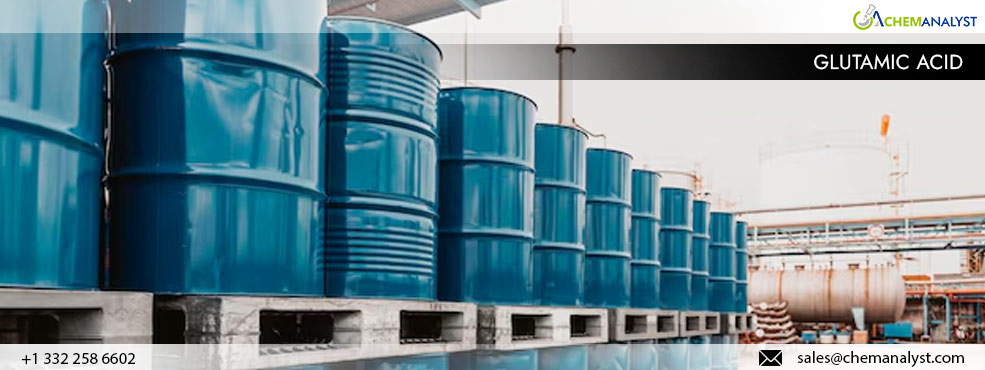Global Glutamic Acid Prices Soar Amid Supply Constraints and Trade Disruptions
- 05-Jun-2024 3:54 PM
- Journalist: Nina Jiang
The global market for Glutamic Acid, a non-essential amino acid integral to various industrial applications, is witnessing a significant price surge in both exporting and importing regions. Glutamic Acid is widely used in the food industry as a flavor enhancer, in pharmaceuticals for drug formulation, as a precursor in chemical manufacturing, and in agriculture as fertilizers and animal feed.
The increase in prices of Glutamic Acid is attributed to a confluence of factors squeezing supply. Fluctuations in raw material costs, particularly corn used in Glutamic Acid production, are a major factor. Additionally, disruptions in global supply chains due to port congestion and transportation bottlenecks have exacerbated the issue. Regulatory changes have also contributed to the pressure on Glutamic Acid availability. This complex scenario presents a challenging situation for companies reliant on Glutamic Acid, as they must navigate the price hike while maintaining profitability and offering affordable, high-quality products to consumers.
In May, the Chinese market experienced a substantial surge in Glutamic Acid prices, driven by interconnected factors. The appreciation of the Chinese yuan against the US dollar played a pivotal role, creating an attractive arbitrage window for Chinese Glutamic Acid exporters. However, geopolitical tensions led to a scarcity of cargoes, hampering trade flows. Increased inquiries of Glutamic Acid from both domestic and international markets further exerted upward pressure on prices. China’s official Manufacturing Purchasing Managers' Index (PMI) for May 2024 contracted to 49.5, raising concerns about the country's economic growth prospects.
In the importing regions, particularly the United States, the recent surge in Glutamic Acid prices can be attributed to price increases in major exporting nations like China and global supply chain disruptions leading to higher shipping costs. The U.S. market, heavily reliant on Chinese exports, has been directly impacted by these rising prices of Glutamic Acid. Supply chain bottlenecks, such as the drought affecting the Panama Canal and reduced vessel traffic, have constrained capacity and increased transportation costs. Soaring freight rates, container shortages, and longer lead times have created a challenging environment for importers.
Furthermore, the depreciation of the US dollar in May introduced an additional layer of complexity to the Glutamic Acid market dynamics. The U.S. manufacturing sector continued to contract in May 2024, with the Manufacturing PMI registering 48.7, marking the second consecutive month of contraction. However, the services sector expanded, providing some relief.
A significant development in May was the implementation of a General Rate Increase (GRI) by shipping carriers, resulting in a rise in shipping costs of approximately $500-$750 per Twenty-foot Equivalent Unit (TEU). This increase, driven by escalating fuel prices, robust shipping demand, and higher operational costs, particularly impacted imports from China. Businesses reliant on imports from Asia likely faced delays and required additional planning to navigate these challenges effectively.




